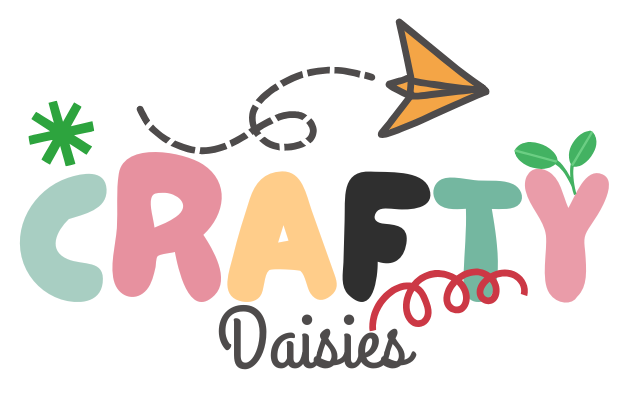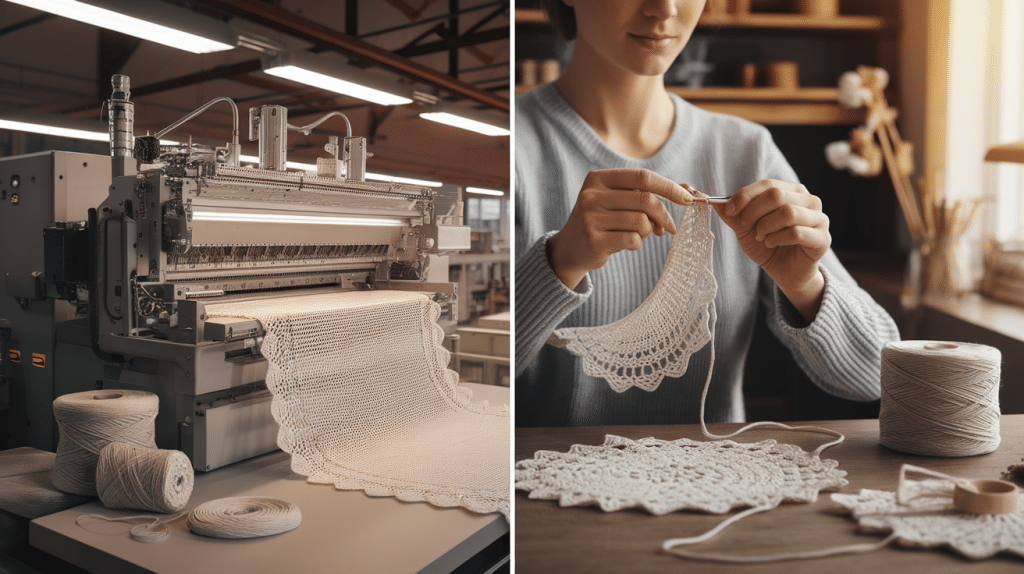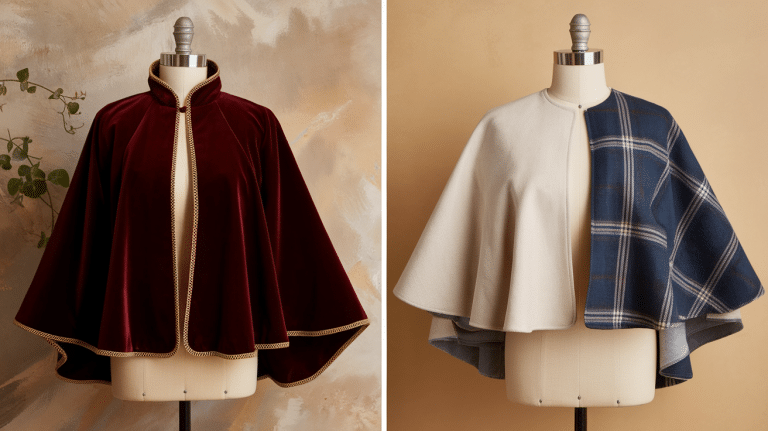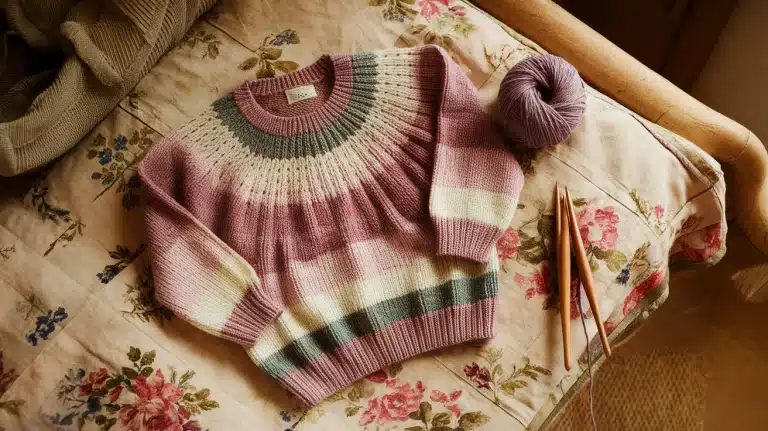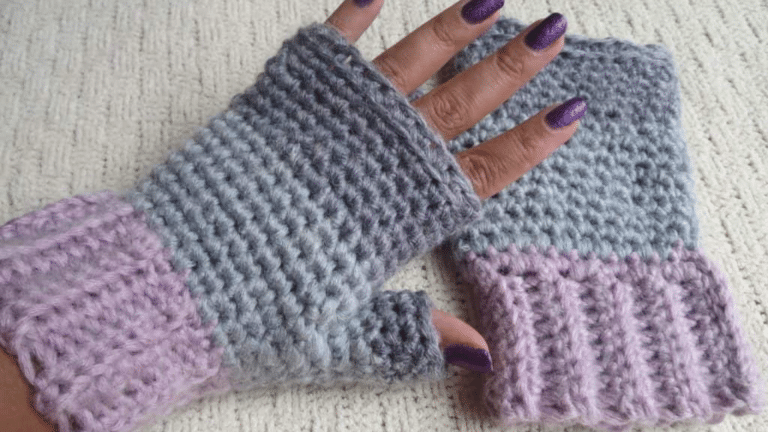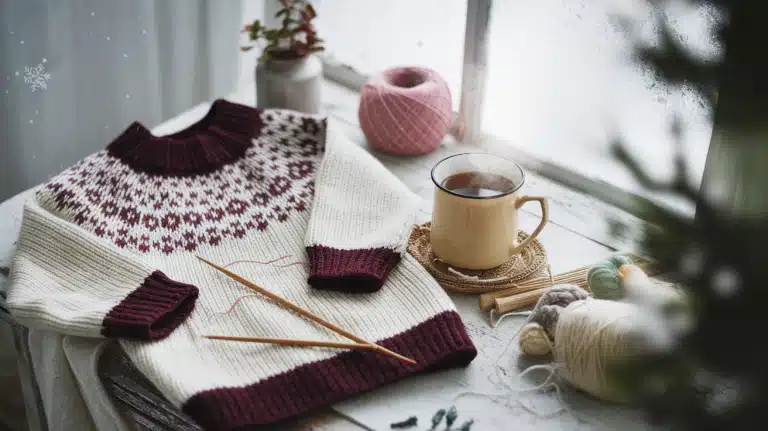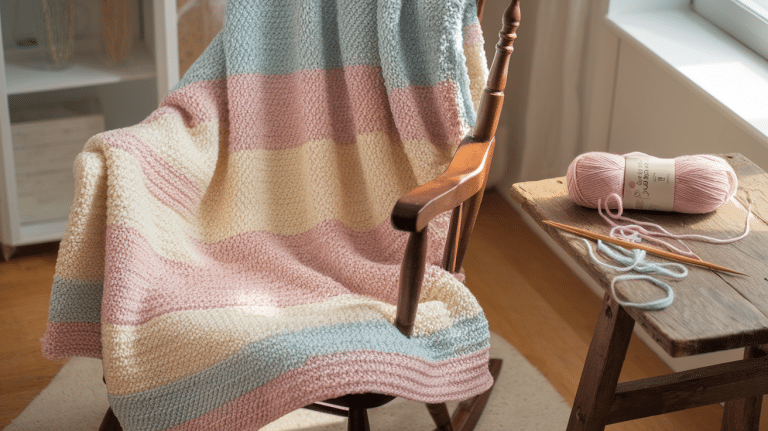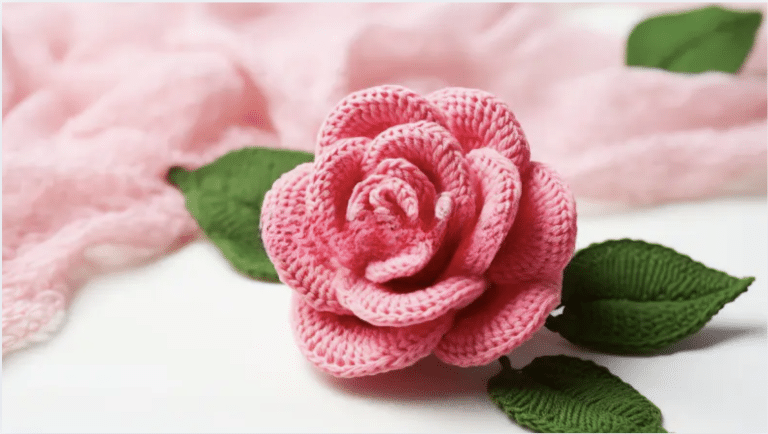Crochet is a craft that combines creativity with skill, using yarn and a hook to create intricate fabric by hand.
While many people enjoy crochet for its relaxing nature and the ability to create personalized items, a question arises: Can a machine replicate the art of crochet?
In a world where machines can knit, sew, and automate many textile processes, it’s natural to wonder if crochet could be replicated by machines, too. The answer, however, is not straightforward.
While machines can mimic certain aspects of crochet, they fall short when it comes to the intricate details and personal touch that hand crochet offers.
In this blog, I’ll analyze what machines can and cannot do when it comes to crochet, highlighting the differences and why hand crochet still holds value in today’s world
What is Machine Crochet?
Machine crochet is a technique that uses a crochet machine to automate the process of crocheting.
Unlike traditional hand crocheting, where each stitch is created manually, machine crocheting enables the creation of stitches with the aid of a mechanical device.
This technique is perfect for crafters looking to produce items quickly or those who want to experiment with more complex patterns without spending hours on manual work.
Machine crochet has become increasingly popular in the world of textile design, as it enables the production of precise, consistent results in a fraction of the time.
It works by feeding yarn through the machine, which then creates stitches according to the set pattern. This machine can be used for various items, including garments, blankets, and accessories.
Can Machines Replicate Crochet?
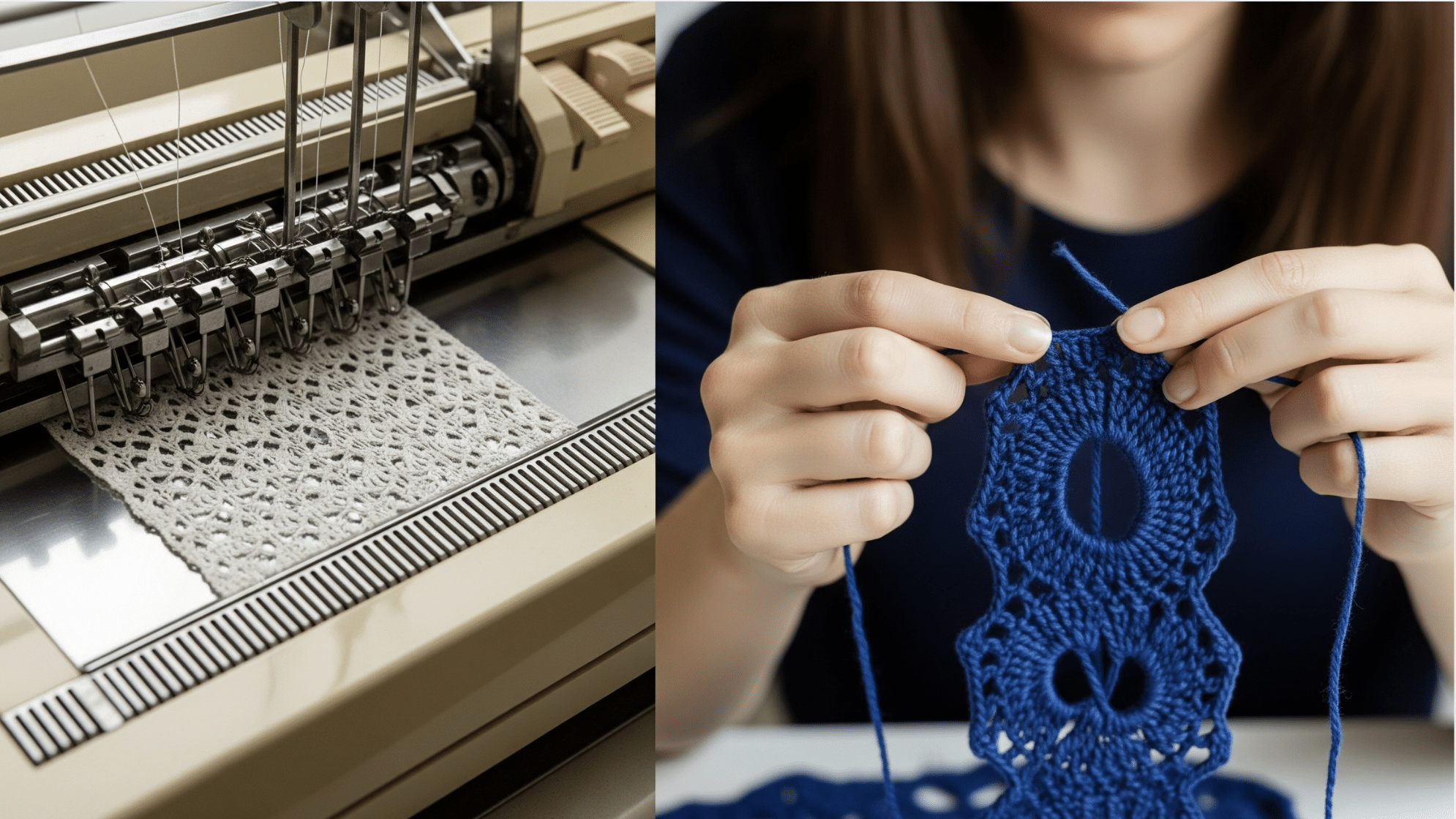
Machines can replicate crochet to some extent, but they cannot truly “do” crochet like humans.
While crochet machines can produce fabric with crochet-like patterns, such as lace or trims, they are limited to repeating simple designs.
These machines operate according to fixed instructions and cannot adapt to changes or make decisions on their own.
Unlike hand crochet, where each stitch is shaped with personal control over tension and direction, machines follow set motions.
While they excel at mass-producing repetitive patterns, they lack the flexibility and creativity of handwork.
Machines are helpful in factories for creating basic items quickly, but they don’t replicate the detailed, unique, and flexible nature of hand-crocheted projects.
Thus, while machines can mimic certain aspects, they can’t fully replace the artistry and care that hand crochet offers.
Features of Crochet Machines
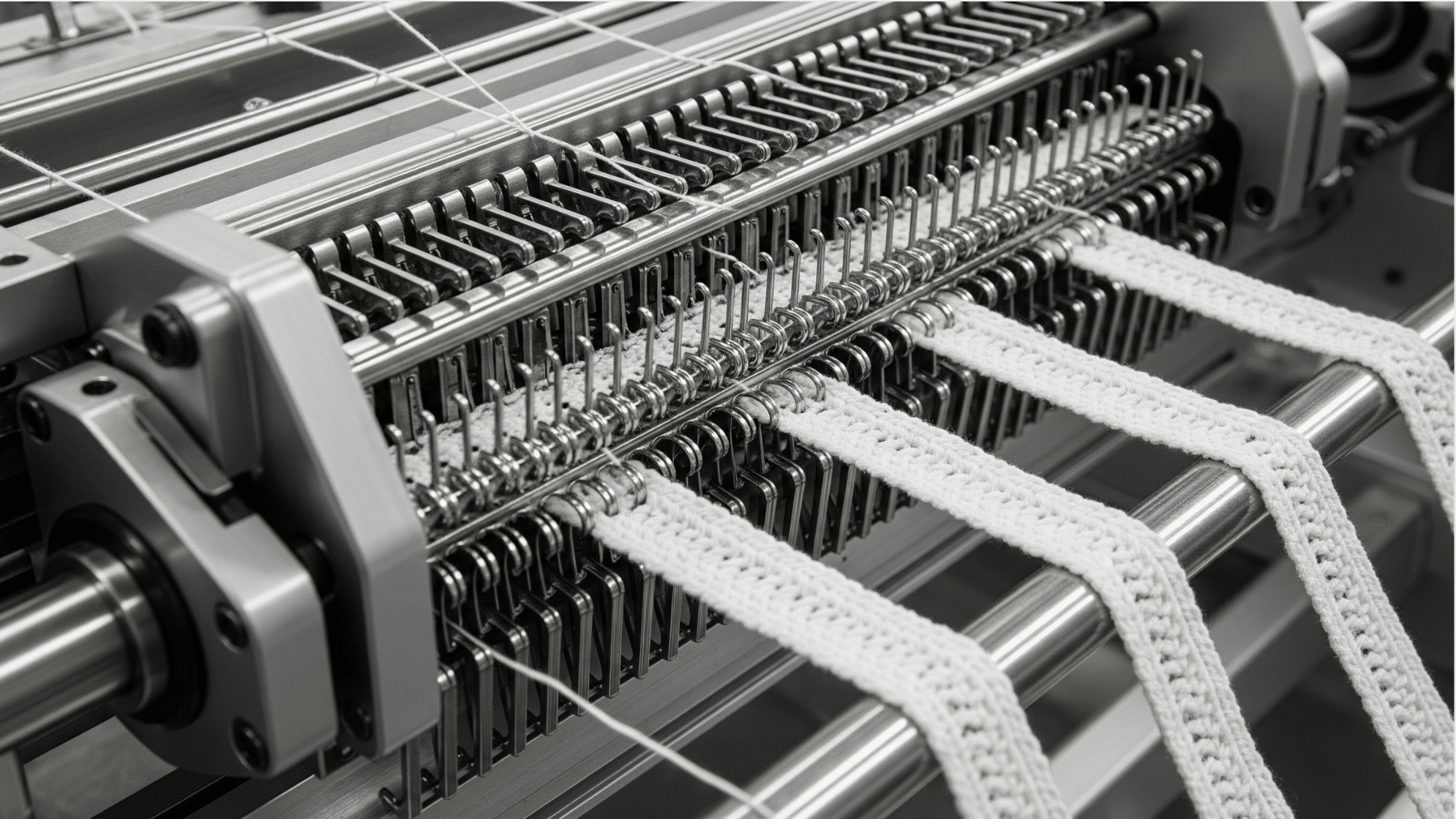
Crochet machines create fabric by moving yarn through hooks or needles in a fixed, repetitive pattern.
They’re fast and efficient, but can’t match the flexibility of hand crochet for detailed or custom work.
- Mechanical Operation: Crochet machines use fixed parts like hooks or needles to move yarn in a set pattern.
- Specialized Tasks: Most machines are designed to make specific items like lace, bands, or trims.
- Yarn Feeding System: Yarn is fed into the machine, and small tools guide it through hooks to form repeated stitches.
- Automatic Fabric Production: Once set, the machine runs automatically, producing long, uniform strips of fabric.
- Efficient but Rigid: Machines are fast and ideal for bulk production, but lack the flexibility of hand crochet.
- Limited Versatility: They can’t adjust tension, switch patterns mid-process, or manage complex shapes.
- Not for Detailed Work: Unlike hand crochet, machines struggle with intricate or custom designs
Machine Crochet vs. Hand Crochet: Key Differences
Machine crochet and hand crochet are both popular, but they differ in their function, results, and level of craft control. The table below compares their strengths and limitations.
| ASPECT | MACHINE CROCHET | HAND CROCHET |
|---|---|---|
| Speed | Much faster for large projects. | Slower process, more time-consuming. |
| Precision | Provides uniform stitches but lacks flexibility. | Allows for detailed, custom control over stitches. |
| Flexibility | Limited to preset patterns and designs. | Full creative freedom to adapt patterns and make adjustments. |
| Personal Touch | Lacks the handmade charm. | Unique, personal touch with every piece. |
| Complexity of Patterns | Limited to simple, repetitive patterns. | Can handle intricate, detailed designs. |
| Suitability | Ideal for mass production. | Perfect for one-of-a-kind, |
Practical Uses of Machine Crochet
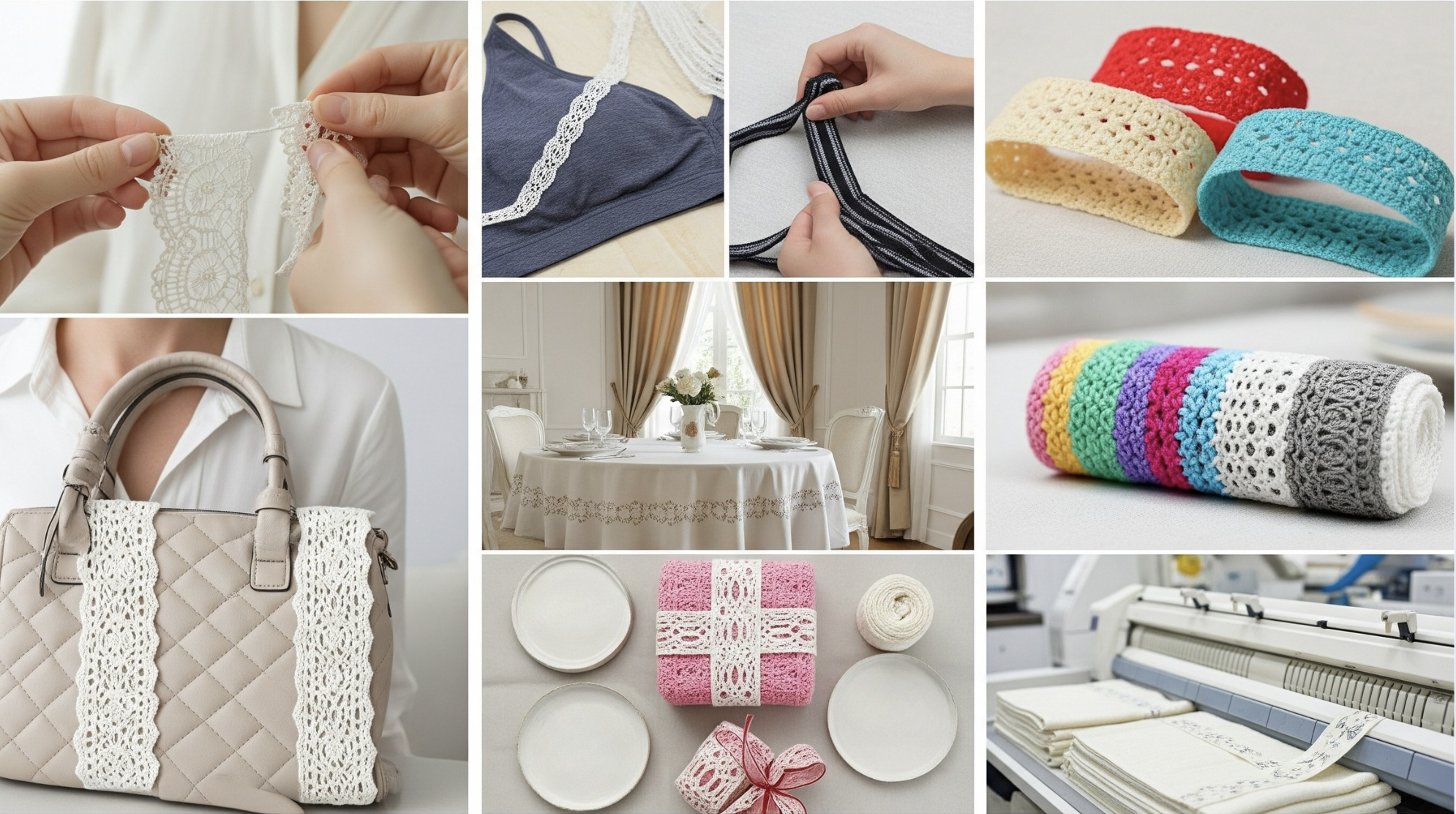
Machine crochet is used in industries valuing speed, efficiency, and consistency. It’s ideal for quick, simple, repetitive designs in large volumes.
Although less detailed than hand crochet, it’s practical and common in fashion, home décor, and textiles.
- Lace Trims for Clothing Edges and Accessories: Machine crochet is commonly used for creating lace trims that are sewn onto clothing and accessories. These trims provide a light, decorative touch, often enhancing garments, blouses, and handbags.
- Elastic Bands for Undergarments and Waistbands: In the fashion industry, machine crochet is used to make elastic bands that are stitched into undergarments and waistbands. This helps achieve the stretchy, flexible qualities needed in these essential items.
- Decorative Bands for Curtains and Tablecloths: Machine crochet is also used for producing decorative bands that can be applied to curtains, tablecloths, and other home décor items. These bands add a touch of elegance to functional items.
- Flat Tapes or Ribbons for Sewing and Crafts: Flat crochet tapes or ribbons are produced by machines and are used for various sewing and craft projects. These crochet ribbons are often used in gift wrapping, scrapbooking, or as embellishments on clothing.
- Uniform Edging for Mass-Produced Fabric Items: For large-scale textile manufacturing, machine crochet is used to create uniform edging for fabric items. These edges ensure consistency across mass-produced products like towels, bed linens, and napkins.
Pros and Cons of Machine Crochet
Machine crochet offers several advantages, particularly in high-volume production, but it also has some limitations when it comes to intricate designs and personal touches.
Here’s a breakdown of the pros and cons:
| Pros | Cons |
|---|---|
| Ideal for creating large quantities of items quickly. | Complex or changing patterns are difficult for the machine to replicate. |
| Ensures consistency in stitch size and tension across all items. | Machine crochet lacks the personal touch and uniqueness of handcrafting. |
| Great for creating items such as trims, lace, and other repetitive patterns. | Tight turns and intricate designs can be challenging. |
Will Machines Ever Fully Replace Hand Crochet?
Machines have come a long way in replicating crochet, but they cannot fully replace the art of hand crochet. The key difference lies in the flexibility and personal touch that hand crochet provides.
While machines follow fixed patterns and cannot adjust to the fabric as it’s being worked, human hands can respond intuitively to the material, making real-time adjustments.
Handmade crochet also carries emotional value; each piece reflects the time, care, and creativity of the maker.
Unlike machines, which produce uniform results, hand crochet enables the creation of unique, custom designs.
While machines excel in fast, mass production, hand crochet will always be essential for personal projects, small businesses, and any scenario where craftsmanship and attention to detail are prioritized.
The Bottom Line
Machine crochet has truly changed my crafting experience, making it faster and more enjoyable.
If you’re tired of spending hours on intricate projects or want to try something new, I highly recommend giving crochet machines a try.
With their speed, accuracy, and ease of use, they can boost your crochet projects, allowing you to create beautiful pieces in less time.
Even if you’re a beginner or an experienced crafter, machine crochet is an excellent tool to enhance your skills.
If you found this blog helpful, share it with others who are interested in crochet. Let’s spread the knowledge and keep the conversation going.
